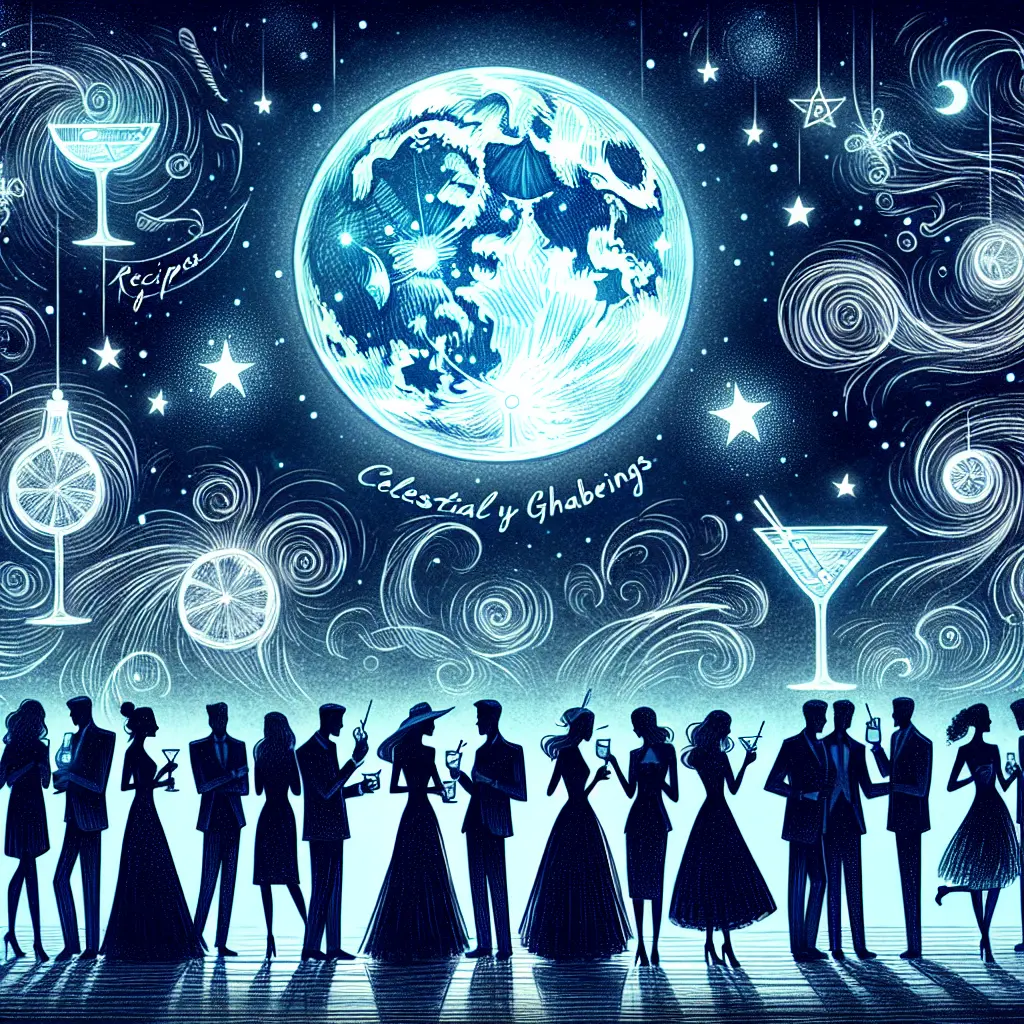Once in a blue moon, a statistic emerges that both astonishes and alarms, shining a rare light on the realities we might prefer to ignore.
The phrase "once in a blue moon" conjures images of rarity and surprise—a phenomenon so infrequent that it captures our collective imagination. While this expression often highlights extraordinary achievements or heartening milestones, it can just as easily draw attention to the unusual, and sometimes unsettling, statistics that demand our attention.
Take, for example, the recent revelations about the safety of Washington, D.C.—a city that, once in a blue moon, finds itself spotlighted for reasons both remarkable and worrisome. While the city is home to iconic monuments and vibrant communities, it also remains one of the nation’s most dangerous places, as highlighted in a recent article (read more here).
The Blue Moon Effect: When Statistics Surprise
Just as a blue moon is a rare celestial event, certain crime statistics can feel equally uncommon in their magnitude:
Astonishing Achievements vs. Disturbing Realities
We celebrate feats like Alex Ovechkin’s 895 career goals or Serena Williams' 23 Grand Slam singles titles—numbers so impressive, they come around as rarely as a blue moon. Yet, the flip side are figures that make us pause, such as crime rates that break records or challenge our perceptions of safety.
The Dual Nature of Rare Events
A blue moon can be a moment for wonder. But when crime surges or public safety falters to a record degree, that rarity becomes a wake-up call.
Why DC’s “Blue Moon” Statistics Matter
When Washington, D.C.'s crime statistics cross into "blue moon" territory—standing out even among national figures—they serve as a mirror, reflecting issues that might otherwise go unnoticed:
Public Awareness
These startling numbers remind residents and policymakers alike of the urgent need for effective solutions. Much like witnessing a blue moon compels us to look skyward, such statistics encourage us to examine root causes and potential remedies.
Community Impact
The infrequency of certain records doesn’t make them less significant; in fact, their rarity often means they mark turning points or crises that shape community life for years to come.
A Call to Action and Reflection
A Call to Action
Just as many set out to catch a glimpse of a blue moon when it appears, these moments should inspire collective action—a determination to restore safety and confidence.
Lessons from Rare Events
We may look to the night sky for blue moons with awe, but we shouldn’t reserve our focus only for positive rarities. Sometimes, the statistics that shock us—those that happen "once in a blue moon"—are precisely the ones that should move us most. They serve as reminders not just of what is possible, but of what is at stake.
Thank you for exploring the significance of "blue moon" moments. May we always be watchful—not only for the wonders that come once in a while, but also for those rare warnings that prompt us to strive for better tomorrows. For more on this topic, check out the original article here.
Until next time, keep your eyes open for every blue moon—both in the sky and in our society.








Leave a Comment